Dr. Sam Lawler's Astronomy Research
Research Group
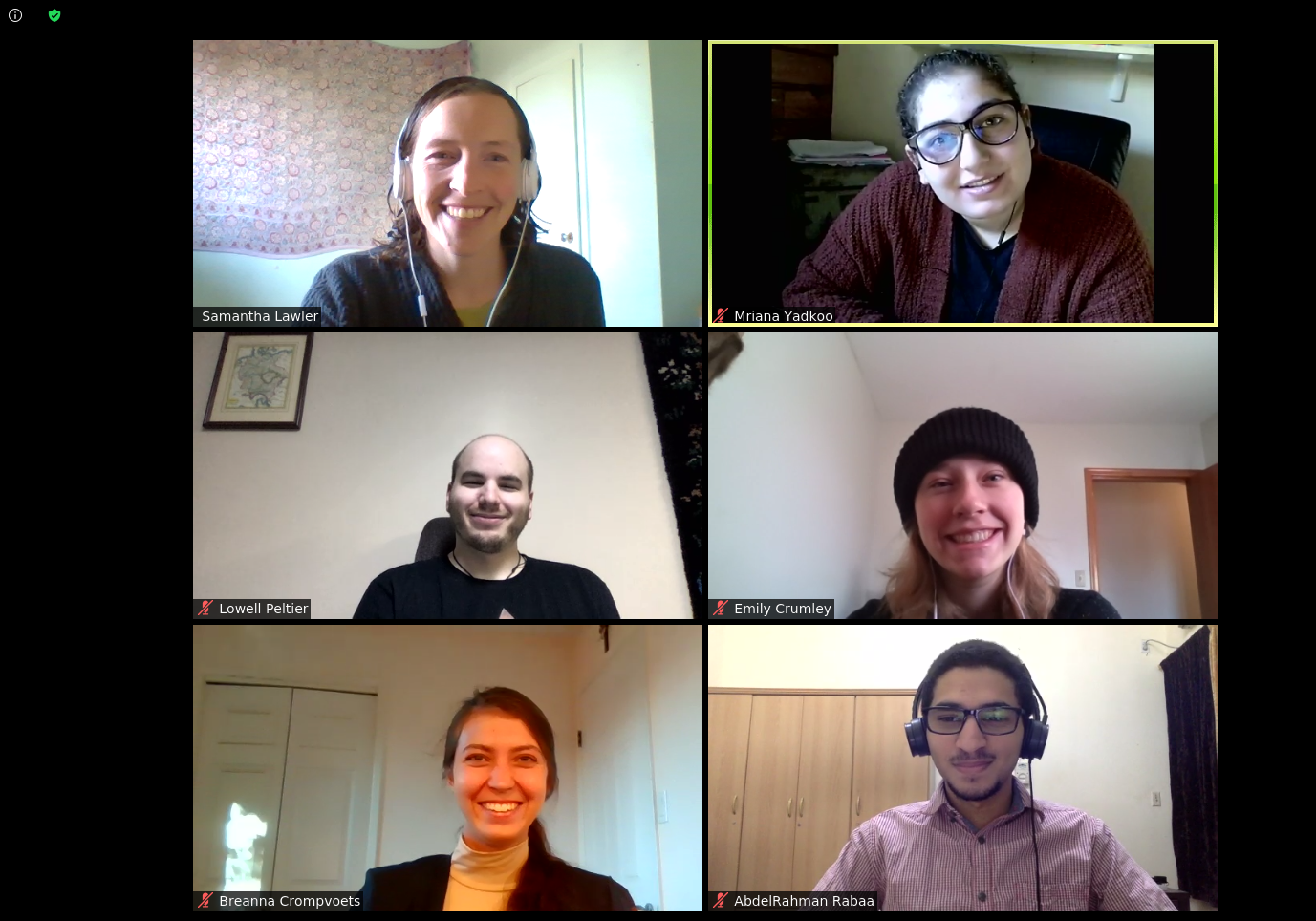
Current Students:
Lowell Peltier (PhD@UVic, co-supervising), Jaidyn Draper (U. Regina undergrad research assistant)
Former Students:
Rosemary Dorsey (PhD@Canterbury U., New Zealand 2025, co-supervised), Cameron Semenchuck (BSc Honours@UVic 2024), Maelle Magnan (BSc@U. of Toronto, summer research student 2023), Madison Blatchford (BSc Honours U. Regina 2023), Breanna Crompvoets (BSc Honours U. Regina 2021), Emily Crumley (U. Regina research assistant 2021-22), Mriana Yadkoo (research co-op 2020, research student 2024), AbdelRahman Rabaa (research co-op 2020)
Current and Recent Projects
Satellite pollution
This is a depressing topic, but important: the plethora of recently launched satellites are changing the night sky for everyone on the planet. I have a separate page about those simulations here.
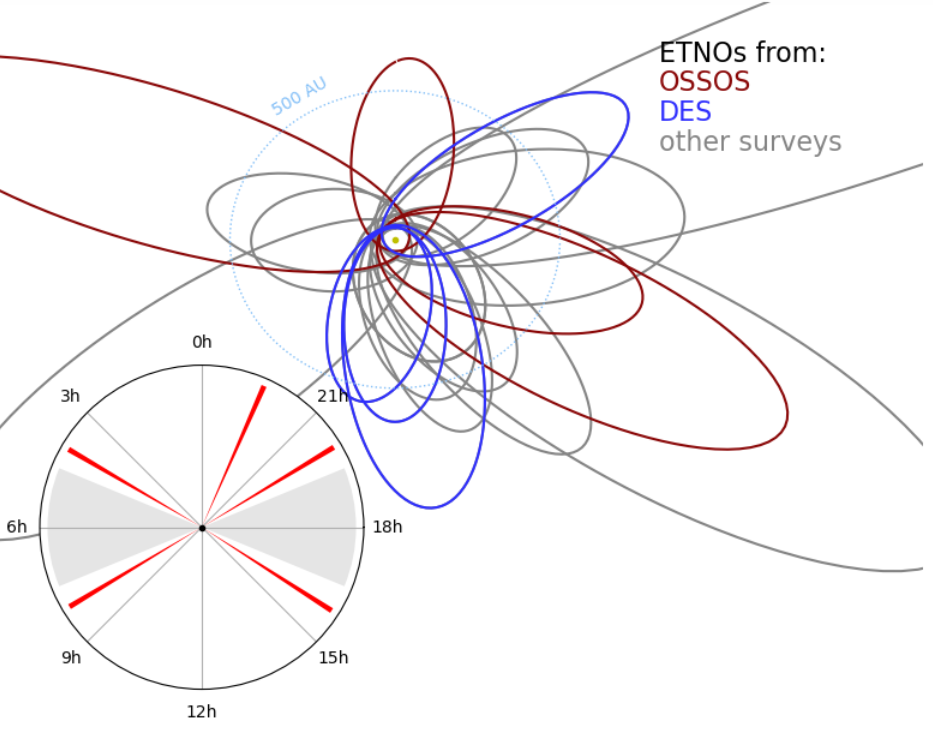
The CLASSY Survey
I'm co-PI of a Large Program on the Canada-France-Hawaii Telescope that has used almost 400 hours of observing between 2022-2025 to discover some of the smallest and most distant Kuiper Belt Objects. Discoveries are ongoing, testing the theory of "clustered eTNOs".
The LiDO Survey
I'm co-PI of a program on the Canada-France-Hawaii Telescope discovered 140 moderately high inclination Kuiper Belt Objects.
How would Planet 9 affect the Kuiper Belt?
I've been involved in several related projects on Planet 9, which was proposed by Sheppard & Trujillo (2014) and Batygin & Brown (2016) to explain apparent clustering in the orbits of known trans-Neptunian Objects (TNOs, also called Kuiper Belt Objects).
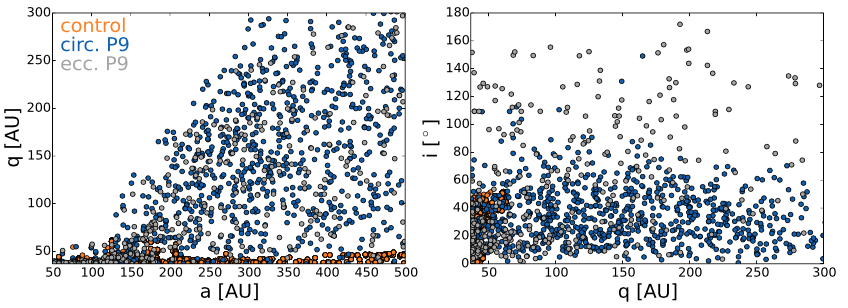
In Shankman et al. 2017 we ran large simulations specifically to look at how Planet 9 would cause clustering of orbits.
We found that this clustering does not persist for long, even among currently known TNOs.
***Animation available here***.
Overall, our simulations show that the evidence that is claimed to require an additional planet in the solar system is weak.
Explaining the Weird Orbit of Fomalhaut b
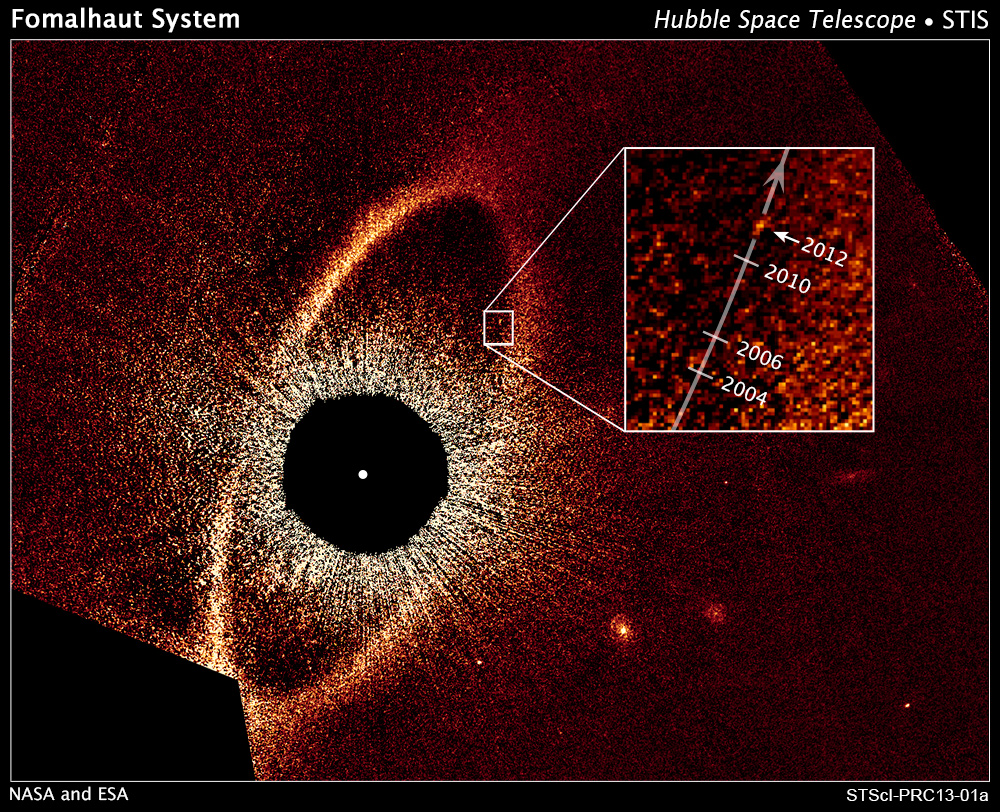
In Lawler et al. 2015 we explore
the likelihood of catastrophic collisions within the Fomalhaut disk, using our Kuiper Belt
as a starting point. We find that the rate of catastrophic disruptions of 100 km bodies
(large enough to reproduce observations of Fom b as a dust cloud only), is high enough that
at least one Fom b-like cloud should be visible at any given moment.
Two testable predictions from this model, within the next decade: 1) Fom b should disperse and either become resolved
or fade away, and 2) another dust cloud in a different part of the disk should also become visible.
New JWST data has shown that there is a new dust cloud, and that Fomalhaut b is gone!
The Disk-Planet System of the Sun-like Star tau Ceti
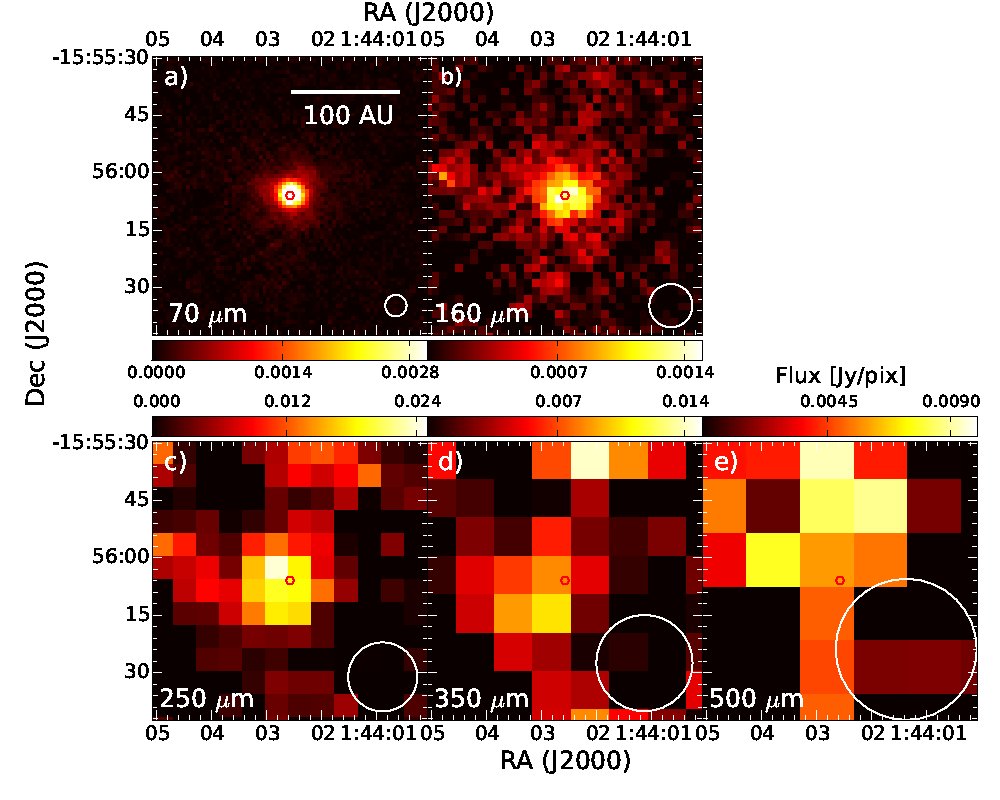
We have taken advantage of the very high resolution offered by ALMA and obtained data
which we hope will help to constrain the inner edge of the disk. This will help to validate
or rule out the tightly-packed system of super-Earths that has been proposed in the inner
parts of the tau Ceti system.
The Outer Solar System Origins Survey
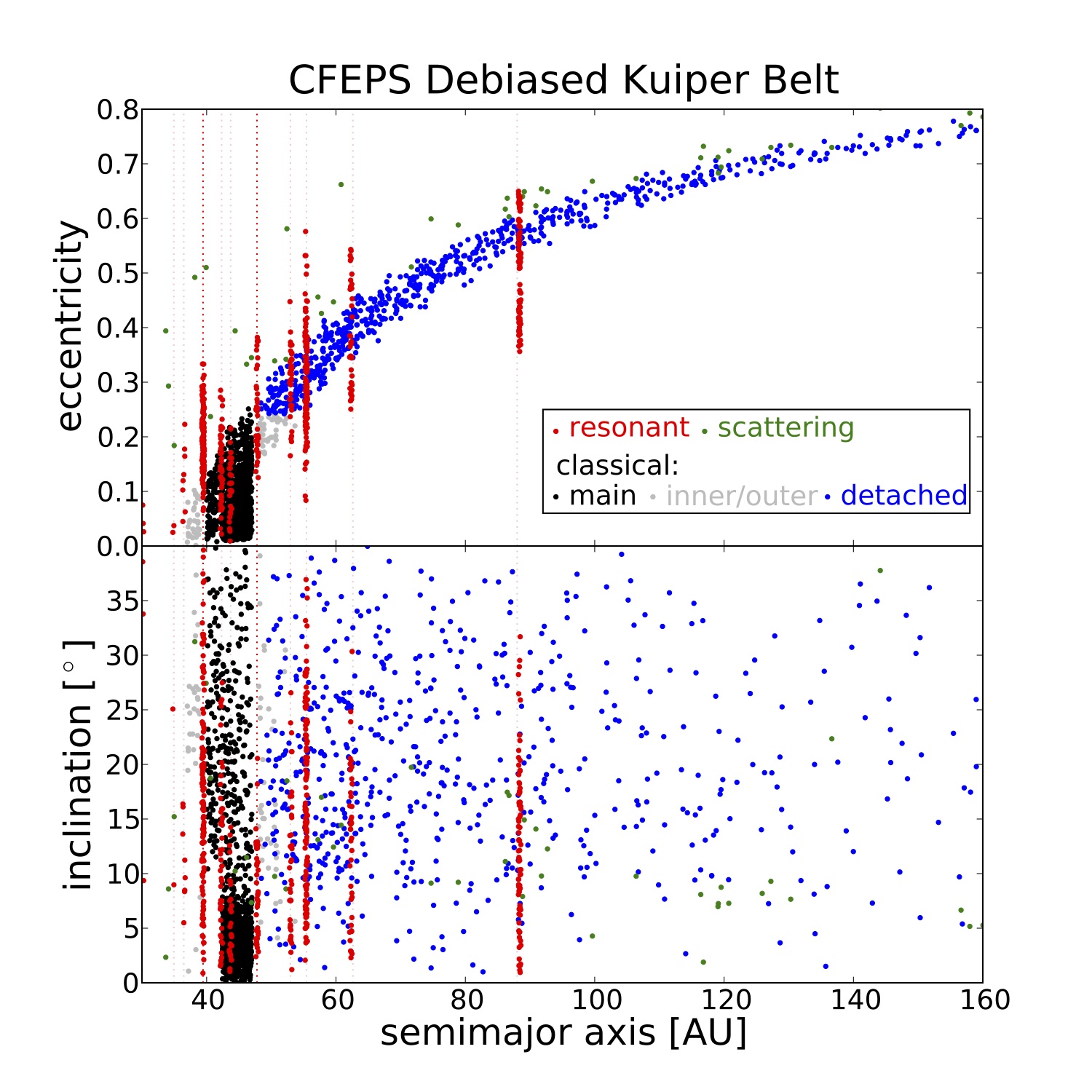
Part of my PhD thesis was to measure the populations and orbital distributions within several
of the mean-motion resonances with Neptune. This provides powerful constraints on models
of giant planet migration in our Solar System's early history. I hope to repeat this analysis
more in-depth as OSSOS finds more resonant Kuiper Belt Objects.